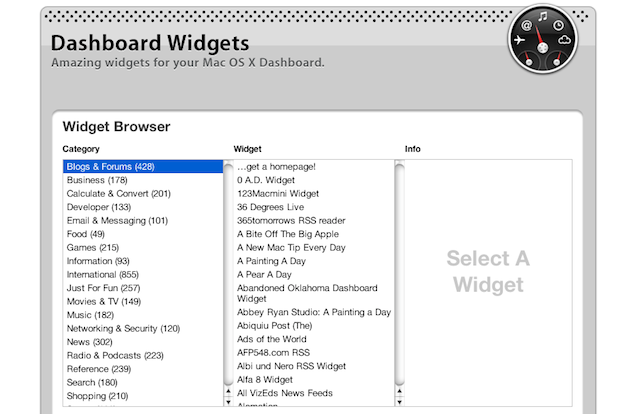

Sadly, you don't know what you are talking about. Just as CoreVideo != CoreImage applied to video. CoreVideo is NOTHING MORE than a fast (GL) path for video decode and presentation THAT IS ALL. CoreVideo HAS NOTHING to do w/ whatever effect(s) Apple's Dashboard might implement. Quote:Originally posted by feelgood:Fuck we have been over this several times now. A bit more experimentation reveals that the entire screen pauses during the swirly effect, regardless of whether it's a movie, output in the terminal, other widgets, etc.So, I'd guess that if the ripple effect were enabled on non-CI supported video cards, it would do the same thing.Since the swirly effect won't happen too often (for most users, probably never), but adding Dashboard widgets is something that pretty much everyone is supposed to do, possibly many times a day (especially if that day is yesterday!), no one will really notice (or be bothered by) the screen pausing during a quick swirl, but with the ripple effect, it could get annoying, if only mildly and from time-to-time.Can someone with a Core Video capable Mac test the ⌘R swirl in Dashboard to see whether their screen pauses as well or if it switches over to Core Video dynamically? The swirly effect still happened, but the video in the movie stayed on the same frame until the effect was done. However, one of the characteristics is that OS X can layer the ripple effect on top of active windows, including a playing QuickTime movie window.Wouldn't that be Core Video then? To test this, I pressed ⌘R on a Dashboard widget while a movie was running underneath it.

You can click and hold a widget, then hit F12 to invoke dashboard, and then let go of the widget to bring it back onto the dashboard.Quote:Originally posted by Eug Wanker:I posted this question in another thread, but got no responses, so I'll post it here.Everyone says the ripple effect is Core Image. To do so, hit F12, click and hold the widget, then press F12 once more to get away from dashboard. This enables you to put your widgets on the desktop. Log off or restart your Mac for the above command to take effect.

Copy paste the command below and hit enter.ĭefaults write devmode YES Open Terminal (type the first few letters into Spotlight). This requires executing a command in terminal, but do not worry, it is easy enough for even the least tech-savvy. Here, we show you a useful hack to drag Mac dashboard widgets onto the desktop. However, this means that you cannot keep an eye on that stocks widget or your site monitor all the time. Mac widgets are placed on the dashboard, that can be invoked by pressing F12. They are smaller than any full-fledged application, use less resources, and yet get the job done just as well for simple tasks. Mac OS X dashboard widgets are small applets built for specific tasks, like checking weather, pulling in information from websites etc.


 0 kommentar(er)
0 kommentar(er)
